What is an Intention to Marry?
The 1854 Marriage Act required Pakeha settlers (and later Maori) to register their intention to marry from 1855. The resulting Notices of intention to marry were sent by the district registrars to the Registrar-General of Births, Deaths and Marriages and bound into large volumes, each containing a year of notices. These registers were eventually deposited with Archives New Zealand.
What information does an ItM record?
A typical Intention to Marry notice records:
- the bride and groom's full names
- occupation of the groom (and sometimes the bride)
- their ages
- district where the marriage would take place
- how long they had resided in the district
- Where the marriage would take place (eg, a specific church)
- Who would officiate the marriage (eg, a minister)
- The date of the notice and also a date when the certificate was issued. Marriages had to take place within 3 months, and usually occurred within a week or so of the certificate date.
- If one of the parties was under 21, a parent who consented to their marriage was usually specified
These details can provide clues for genealogical and historical research. Knowing the date and district makes it easier to look for wedding notices in Papers Past, and the amount of time that the parties had resided in a district can offer clues to whether a person was born in NZ, or when they immigrated.
However, finding individual records in the Intentions to Marry registers was typically a slow and manual process, usually requiring an in-person visit to Archives NZ's Wellington office (during limited opening hours) and using a handwritten card catalogue index to look up individual names.
Eight years of the registers had been digitised by Archives NZ prior to 2024, but even these digital versions required the use of a manual index and usually examining several pages to locate specific records.
What is the Intentions to Marry Project?
This project aims to transcribe the New Zealand Intentions to Marry registers (from 1855 to 1925) with the assistance of new technology (AI), making the records freely available and easily searchable.
The ITM records have also been cross-referenced with the registered marriages at DIA Births, Deaths and Marriages, where possible (a small fraction of the recorded intentions to marry did not become a registered marriage).
Currently we have almost all records between 1855 and 1903. More registers are being added almost every week.
The project is led by Luke Howison, a web developer who made the free genealogical research search tool NZ Ancestor Search Helper and Archway-style Collections Search. There are also some wonderful volunteers assisting with digitising the registers.
Can I volunteer to help?
Yes, you can! You can sign up to correct errors in the transcribed records and match ITMs with registered marriages.
I am also looking for Wellington-based volunteers to help me digitise more years of the registers. I can provide lighting equipment and a 'clicker' (to trigger your phone's camera).
How is the transcription done?
There are several steps to digitising and transcribing the records:
- Digitising the registers (taking clean, straight, high-quality photos)
- Processing the digitised pages by straightening, cropping and sharpening the images
- Transcribing each page with a combination of AI tools
- Matching each ITM with a registered marriage when possible
- Human verification of the transcribed information
The main LLM (AI) used are the Google Gemini Pro and Flash models, which have excellent 'Vision' capabilities, and a generous free tier.
Copyright and Usage
Archives NZ has released the register years they have digitised (1865-69, 1872, 1874 and 1880) under a Creative Commons Attribution 2.0 license.
The Intention to Marry registers (up to 1925) are more than 100 years old, so their Crown Copyright has expired, putting them in the public domain. This also applies to any 'mechanical reproductions' (eg, pictures or photocopies) of their content without substantial alteration.
The transcribed records on this website are released under the Creative Commons CC0 1.0 Universal license, which allows reusers to distribute, remix, adapt, and build upon the material in any medium or format, even for commercial purposes, while giving credit to the creator (NZ Intentions to Marry Project).

